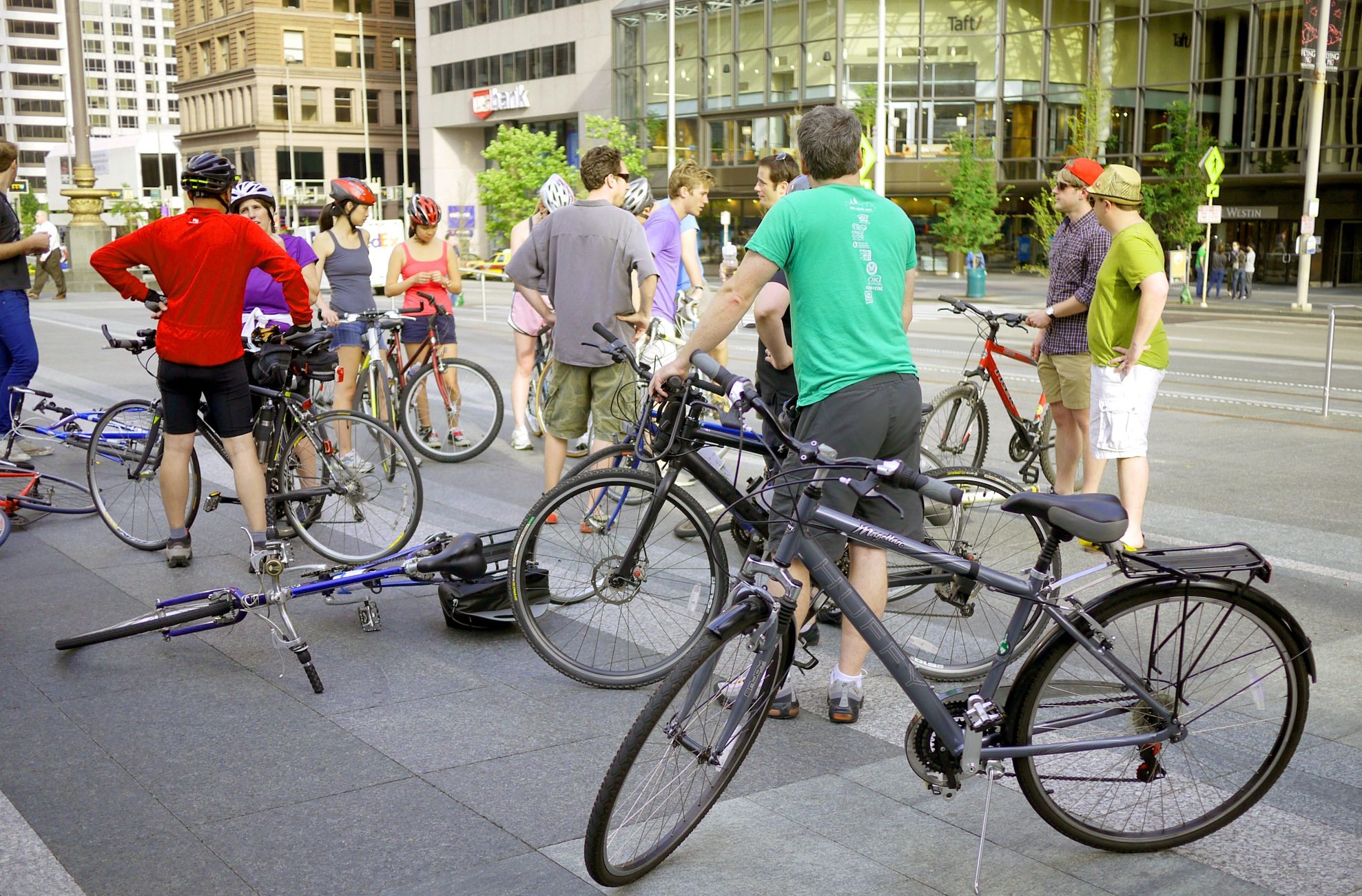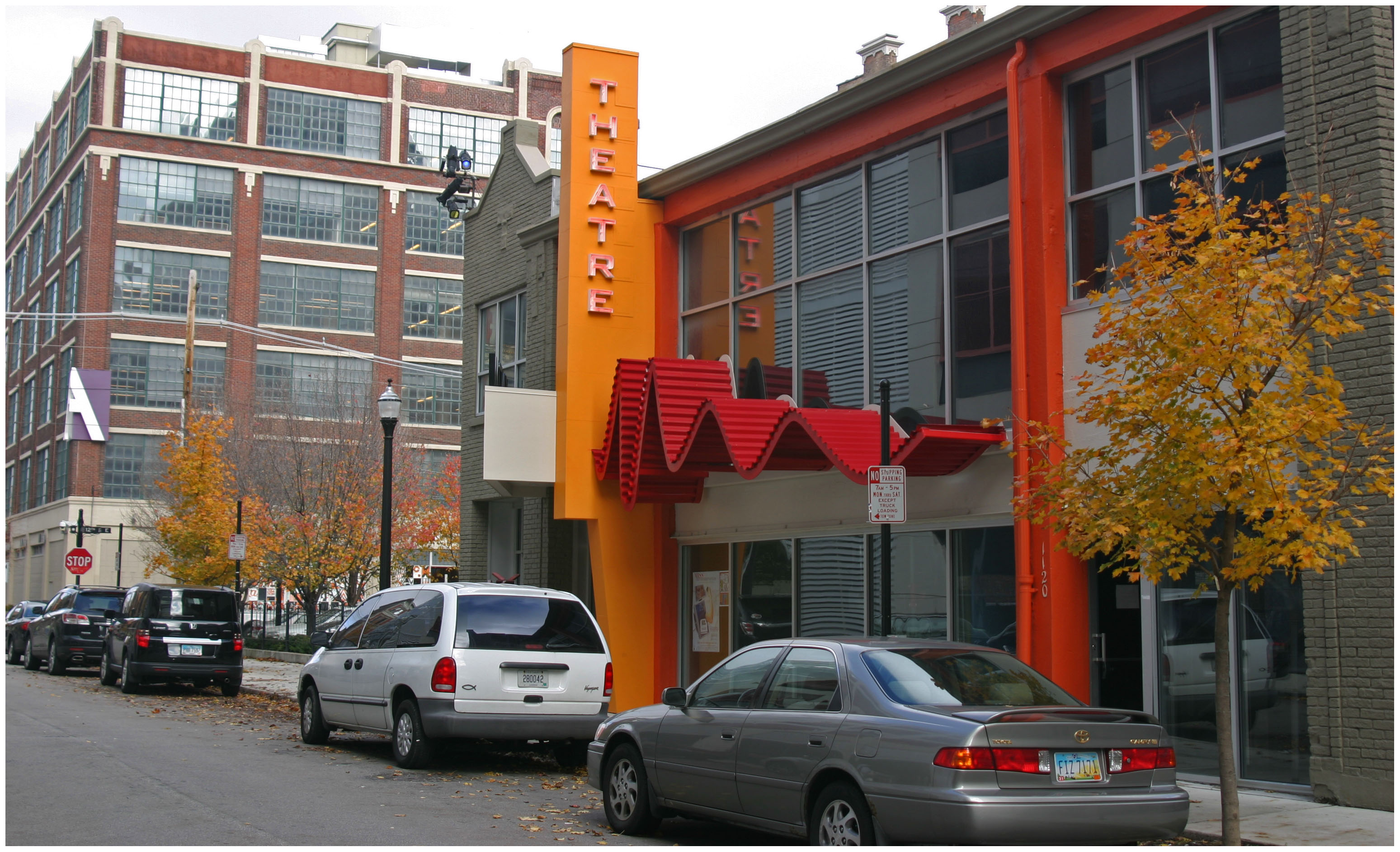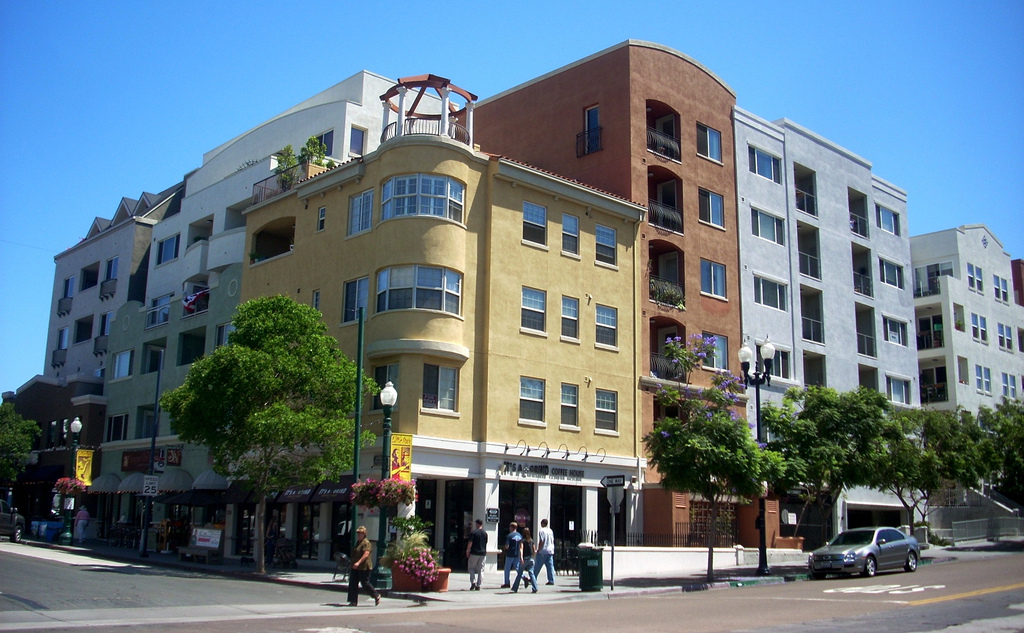Bike Month festivities may have concluded at the end of May, but activities for cyclists in Cincinnati seem to keep growing regardless of the month. The Urban Basin Bicycle Club (UBBC) is one of the newer activities for bicyclists, and features a different night ride every Tuesday.
“The Thursday night rides, which begin and end in Hoffner Park in Northside, with a stop at Fountain Square, seemed kind of backwards,” explained UBBC founder Casey Coston. “Sometimes people from the basin would join the group at the half-way point at Fountain Square, then ride back to Northside and back downtown. It seemed cumbersome.”
To make things easier for the growing number of bicyclists in the downtown area, the UBBC starts each of their weekly rides at Fountain Square, and ends somewhere in Over-the-Rhine or the Central Business District. So far, the bicycling club has ended their rides at a variety of locally owned watering holes including Neon’s Unplugged, Mayberry, MOTR, The Drinkery and The Lackman.
 The Urban Basin Bicycle Club gathers on Fountain Square before departing for a ride through the center city. Photograph by 5chw4r7z.
The Urban Basin Bicycle Club gathers on Fountain Square before departing for a ride through the center city. Photograph by 5chw4r7z.
The popularity of these social bicycling groups has grown throughout the city over recent years, with the UBBC boasting close to 500 followers on Facebook, and approximately 20 to 50 people on each of their rides.
The basin has also seen the opening of three new bicycle businesses over the past month. Reser Bicycle Outfitters opened a location on Vine Street in Over-the-Rhine, a new bicycle repair shop just began operations on Central Parkway adjacent to Segway of Cincinnati, and the Cincinnati Bike Center opened at Smale Riverfront Park.
While the new businesses are a sign of progress, Coston cautions that the city still has a long way to go before it rests.
“There is still a lot of hostility towards sharing the road with bicyclists,” explained Coston. “Our bike lines are also something of a decidedly mixed batch. For example, Gest Street inexplicably has bike lanes on both sides; moreover they were filled with debris and sand. Bike lanes that actually mean something and connect you to places that you need to go would be helpful.”
The sentiment expressed by Coston comes just after the public gave the City of Cincinnati a “C” grade on its annual Bicycle Report Card. In that survey, cyclists gave the City the lowest grades for the completeness of its bicycle network, and the respect shown to bicyclists by motorists.
In terms of improving the system, 85 percent of the respondents to the survey said that they would bike more if the City installed more bike lanes.
“We’re working to create a bicycle friendly city, so that Cincinnatians of all ages and abilities can use bicycles for everyday trips,” stated Michael Moore, Director of the Department of Transportation & Engineering (DOTE), in a prepared release. “This report card is a great tool for publicly measuring our progress.”
In the meantime, those interested in joining the weekly Urban Basin Bicycle Club rides should meet at Fountain Square on Tuesday nights at 6:30pm. The next scheduled ride will take place on Tuesday, July 19. Follow the group on Facebook for updated information about upcoming rides and events.








